I am currently working with few 150 W SMPS designs for industial applications with heavy transient load condition. Current design works well by mean of line/load regulation and device reliability but facing some issues regarding transient loads, say 500 Hz to 1 kHz 50% to 100% load transients. It can't maintain output voltage and faces very large voltage dip.
I had tested some reputed brand SMPS, they have very good response in such load conditions without stability issues. Only change I notice was, they use op-amps in feedback loop, while I use TL431.
My questions are:
Is TL431 have any limitation over op-amps?
If I want to replace TL431 with op-amp, on which characteristics of op-amp should I focus while selecting?


